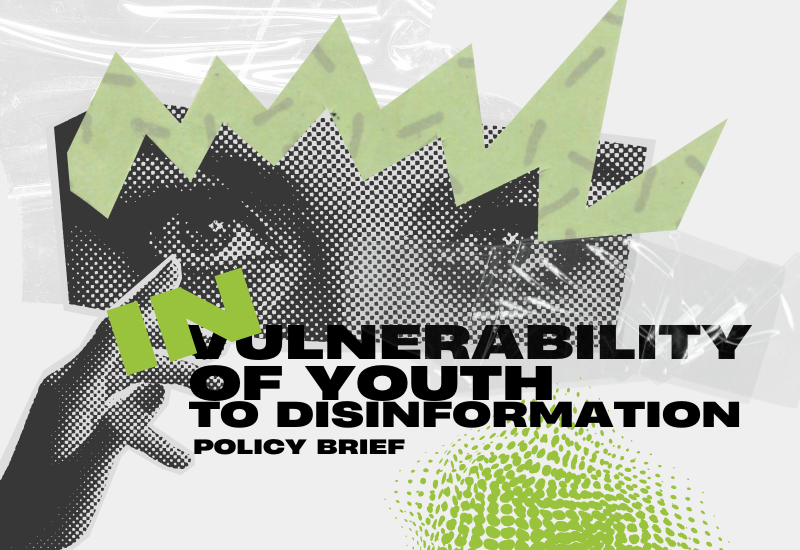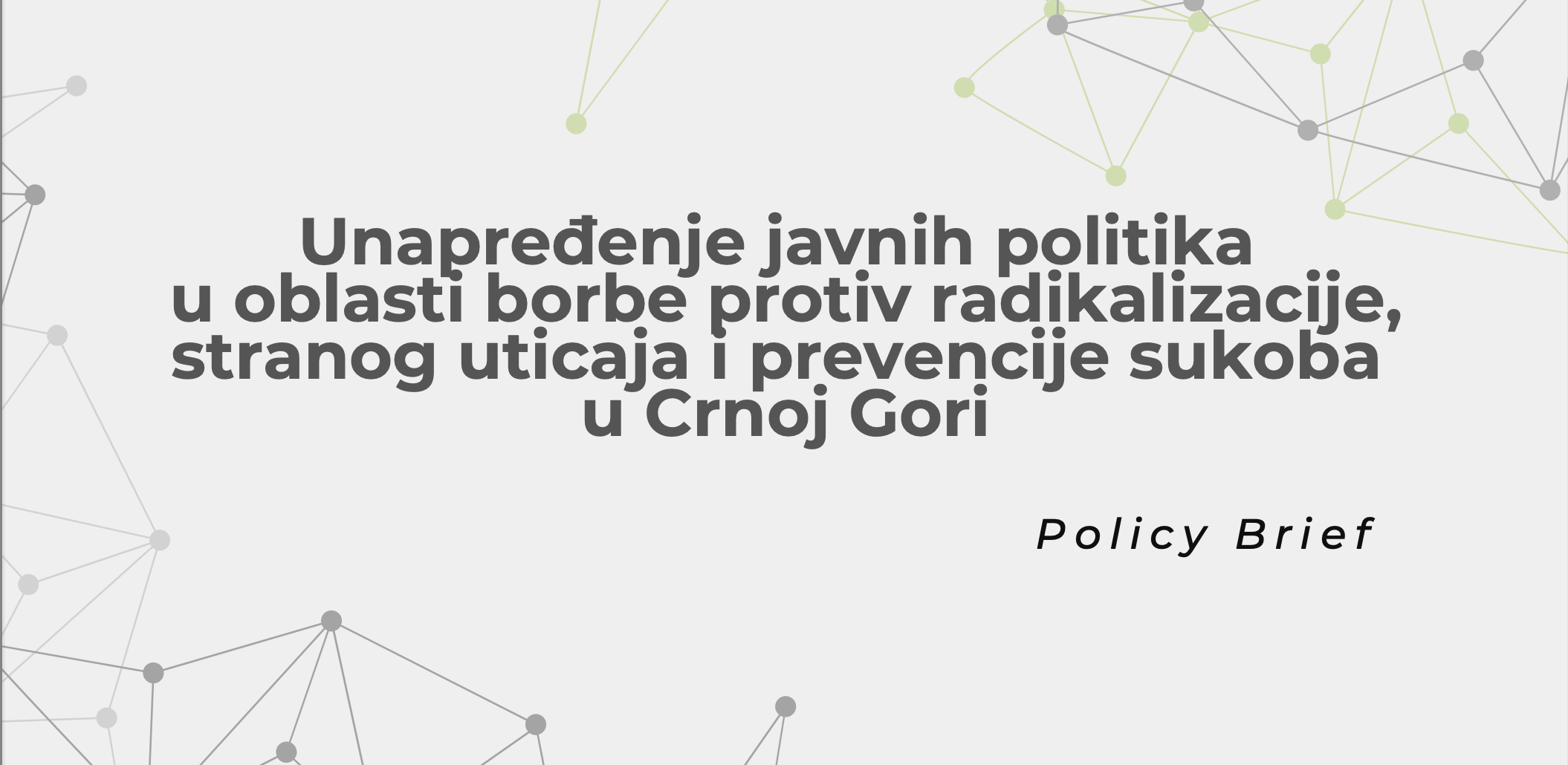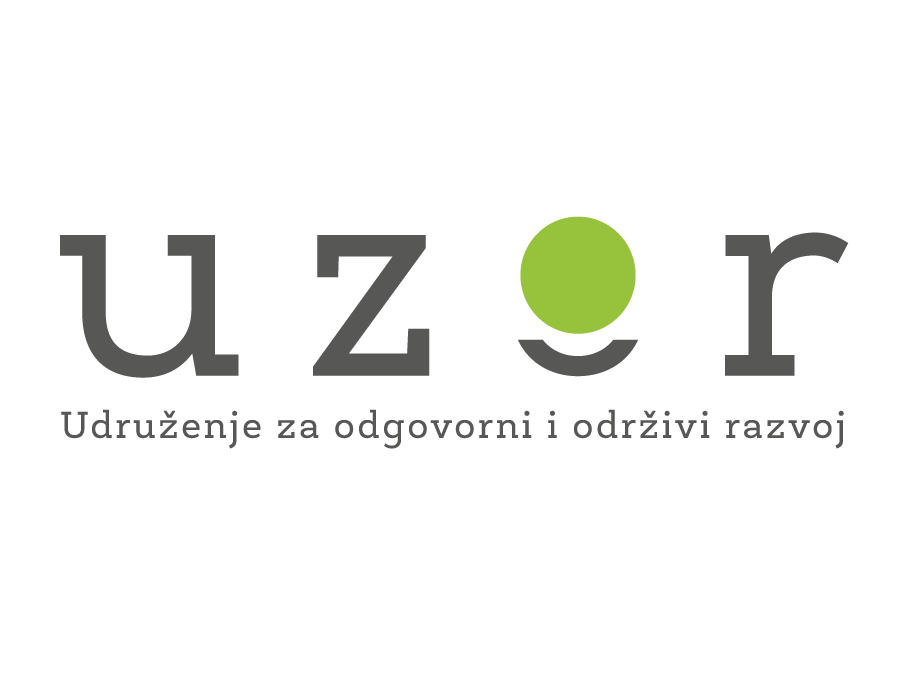Struggle Without Internal Procedures and (In)adequate Institutional Support
The pressure on media employees is most often exerted by government representatives, followed by the business community, opposition representatives, and other media outlets.
The most common form of pressure is harassment, with targeted surveillance coming in second place, followed by economic pressure, including threats of dismissal and salary reductions.
Additionally, a significant number of journalists in our country face other forms of pressure such as insults, task overload, censorship, mobbing, and threats.
Digital development has multiplied the possibilities for intimidation, with journalists most often receiving threats via phone calls and SMS messages, while “traditional” direct encounters come in second. Social networks are a convenient tool for exerting pressure on journalists, who face virtual and physical threats, sometimes through intermediaries.
To provide a detailed explanation of how editors and media owners react to the pressures experienced by media employees and what institutional mechanisms they use to protect their colleagues, the research preceding this analysis was enriched with interviews with directors and editors of the most-watched TV stations in the country, editors of the most-read portals, as well as a representative of the Media Union of Montenegro – an organization counting over 600 members.





